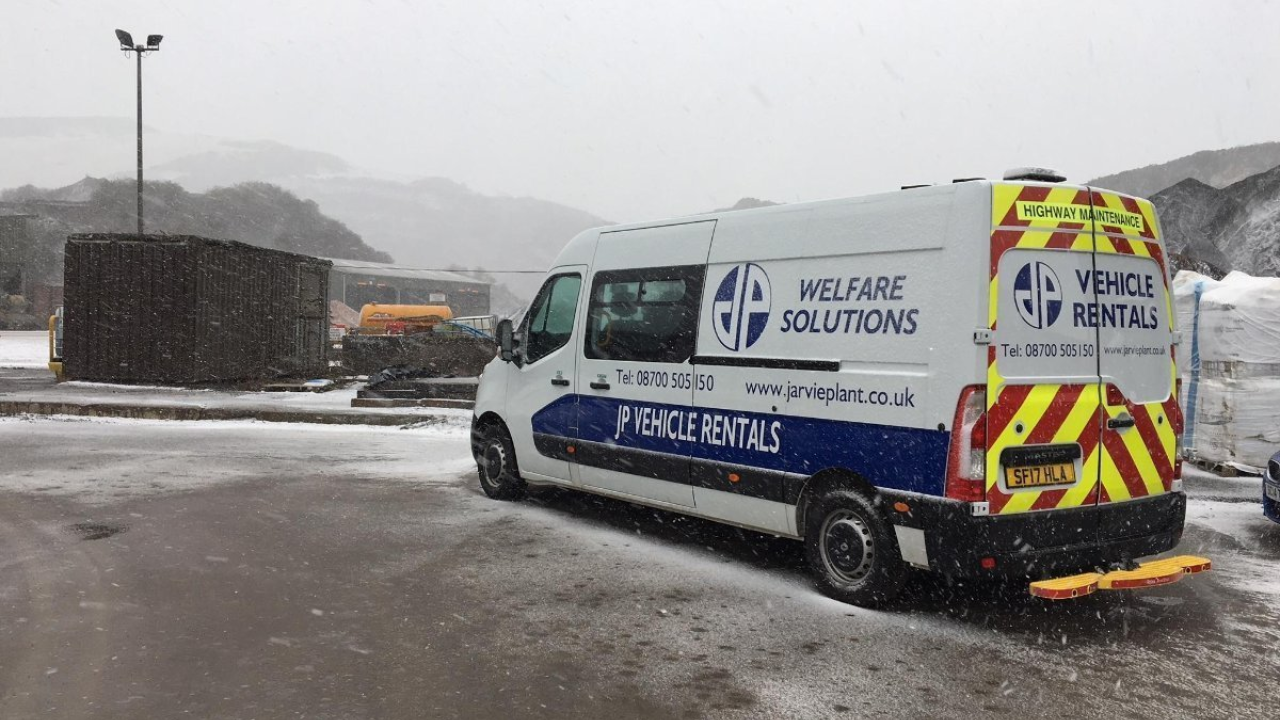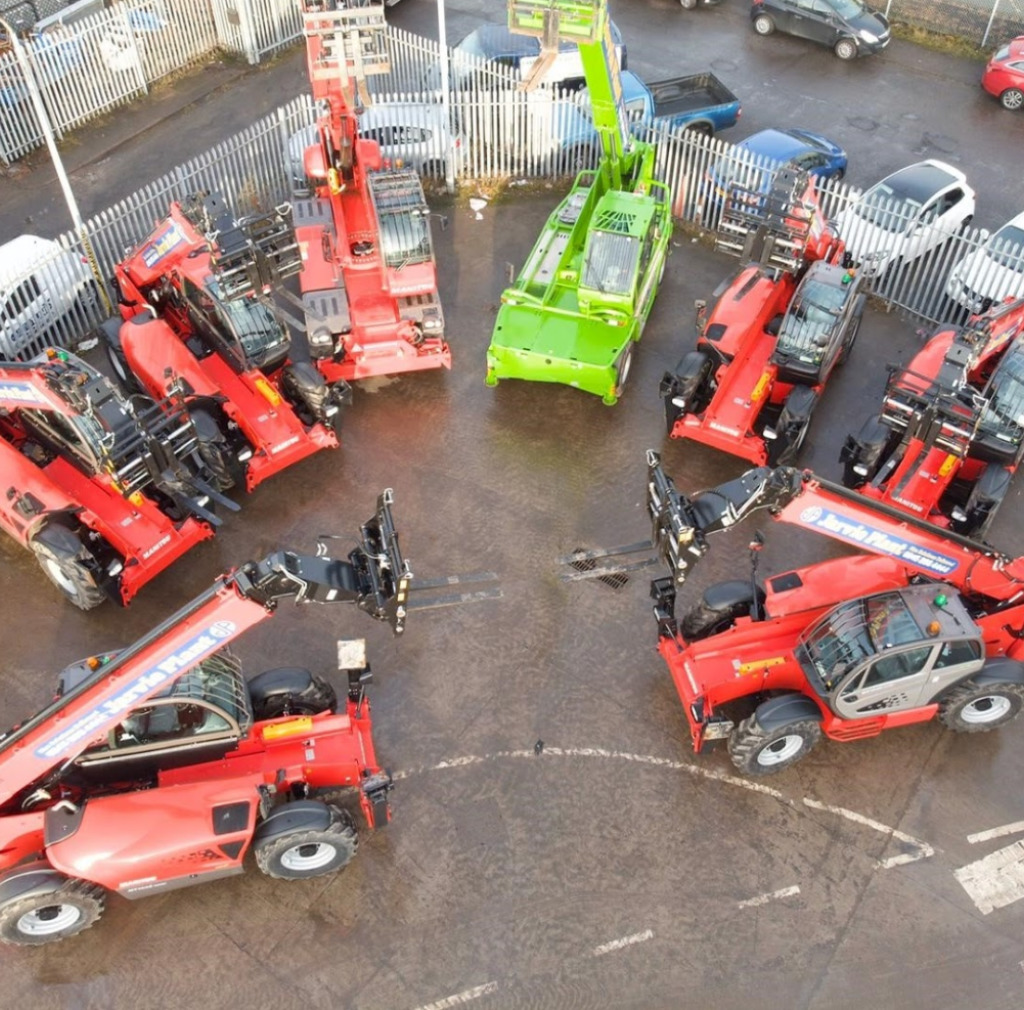Adverse Weather Advice: How To Keep Things Moving

With severe weather spells forecast for the next few months, it’s vital to keep all plant, accommodation and vehicles running safely and productively. This will help avoid future disruptions to your operations due to burst pipes, faulty water pumps and so on. For the latest weather warnings, visit the Met Office website.
Our team have compiled some key pointers to help you protect and maintain your equipment during adverse winter weather conditions. Please contact us on 0345 208 4444, or use our contact form, if you would like any help or have any questions at all.
Accommodation
- Ensure room heaters are switched on (and make sure electric power is switched on to the units). One of the main causes of frozen pipes is the heating being switched off.
- Make sure power to the auto water unit is on at all times. They have built-in heaters to protect the water pump and pipework from freezing.
- Keep heat in your accommodation units by keeping doors, windows and shutters closed.
- Run generators if needed, and remember to ensure that they have enough fuel.
- Turn off the water supply and drain pipes, where possible (e.g. if the accommodation is not being used for a period of time, such as weekends or holidays). Where water cannot be switched off and drained, a slow drip on a tap might help prevent pressure building up in pipes and inside taps. Push taps are particularly vulnerable to cold weather.
- Switch off the electricity to water heaters and pumps before draining. Be sure to switch on the water before the electricity when powering up again. If you don’t, the elements will overheat.
- Ensure that your staff are warm enough. We advise changing clothes immediately if they get wet. Check out our welfare vans and units.
Generators
- If in constant use: ensure adequate fuel supplies, ideally with a bulk feed tank. We would recommend a 2000lt remote tank. In addition to this, in heavy snow fall, periodically check that the snow levels or drifts are not climbing to an extent that the air intakes are affected.
- If in occasional use: ensure a good supply of fuel and check the generator on a daily basis. We recommend to start and run it for at least 30 minutes. This will prevent the deep cold penetrating the machine and control systems. It will also help condition the battery to better cope with sub-zero temperatures. Ensure you clear any snow built up around the air intake vents.
General Equipment
- Park or position machines with the engine protected and facing away from the wind direction, if possible. Extreme cold weather can damage equipment. For example, electrical hoses and wires can become brittle on severe cold. On a daily basis where possible, check and start the machine, allowing it to heat up, operate the equipment functions and move for a short distance, then place back into its parking area. Allow the engine to run for approx. 30 minutes to fully condition the batteries and warm up the other components. If the equipment has a water separator within the fuel filtration system, ensure this is checked and drained.
Excavators (Rubber & Steel Tracked)
- In addition to the advice for general equipment, if possible, park the tracks on a hard level surface, on wooden board if available. This will reduce the ground contact area and help prevent the tracks freezing into the ground. This problem is more common than we may realise, often thinking the machine is faulty because it won’t move.
Dumpers
- If you’re hiring a dumper, consider our cabbed dumpers. Your staff will thank you!
Bowsers, Pumps, Washers & Compaction Equipment
- Drain all pumps and housings, holding tanks, water filter bowls and water spray bars. This will prevent any cracking and failures which only become evident once we have a thaw. Anything that uses water is at risk of damage with prolonged frost and sub-zero temperatures.
Vehicles
- Keep up to date with current road and traffic conditions in Scotland on the Traffic Scotland website. Visit the Traffic England website for road and traffic conditions in England.
- Review these excellent driving tips from The Royal Society for the Prevention of Accidents.
- Check the essentials every day: fuel, oil, water, damage, electrics, rubber, and don’t forget screenwash.
- Ensure windows and lights are completely de-iced and de-fogged.
- Be aware of freezing water spillage and incident water run-off on roads and pathways.
- Don’t create dangerous underfoot conditions when cleaning vehicles
- In untenable conditions, stop in a safe location (e.g. car park, lay-by) and don’t continue the journey until it is safe to do so. Postpone driving and wait for improved weather conditions, if necessary.

Learn how Jarvie can help your project
Our wide range of equipment can help keep you moving through adverse weather.
View Plant Hire